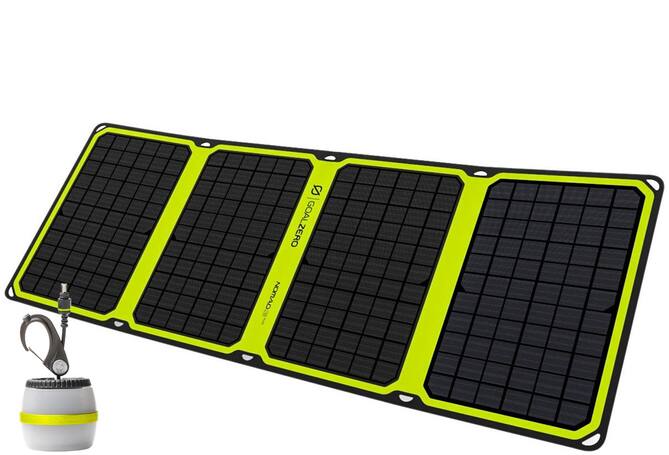Home Solar Panel Cleaning Tips & Checklist

carousel
Why cleaning your home solar panels matters
If you have ever asked, “Does cleaning your solar panels make a difference?” The answer is yes. This one action improves efficiency by as much as 21% in residential buildings and 60% in commercial solar system setups. This is because thorough cleaning allows more sunlight to reach the solar cells across the entire system. Professionals recommend cleaning your solar panels every six months or more often if you live in an area more prone to air pollution, causing dust and dirt buildup.
Here are some of the other benefits gained with proper solar panel cleaning:
- Removing particles, such as sand, dust and debris, that can cause excessive wear and tear on solar panels and system components maximizes the life of your solar system
- Increases the visual appeal of the system and your home
- Cleaning provides the ability to perform a visual inspection of the various components that make up the solar panel system
- Certain system warranties require proof of regular cleaning services
How to clean your solar panels
1. Gather your cleaning supplies
2. Create a safe work environment
3. Remove large debris
4. Remove dirt and film
5. Perform a solar system maintenance inspection
6. Monitor your solar panels regularly
Monitoring your solar PV system at the point of installation isn’t always possible. This is especially challenging for solar equipment installed on your roof or a platform above the ground. Using outdoor security cameras and monitoring tools can be especially helpful in these situations.
Outdoor surveillance cameras give you the opportunity to detect problems that arise with your solar PV system. Choosing wireless cameras prevents the need for hard wiring the cameras in a viewing area. Most wireless cameras connect directly to computers, smartphones, tablets and other compatible Wi-Fi capable devices.
Conclusion
Checklist
1. Gather cleaning supplies
- Cleaning solution
- Soft cloth or sponge
- Squeegee
- Isopropyl alcohol
2. Gather equipment
- Ladder
- Safety gear
- Extension pole
- Roof rake
- Shop vac
- Garden hose
3. Remove large debris
4. Remove dirt and film
5. Inspect the system for damage
6. Clean your panels